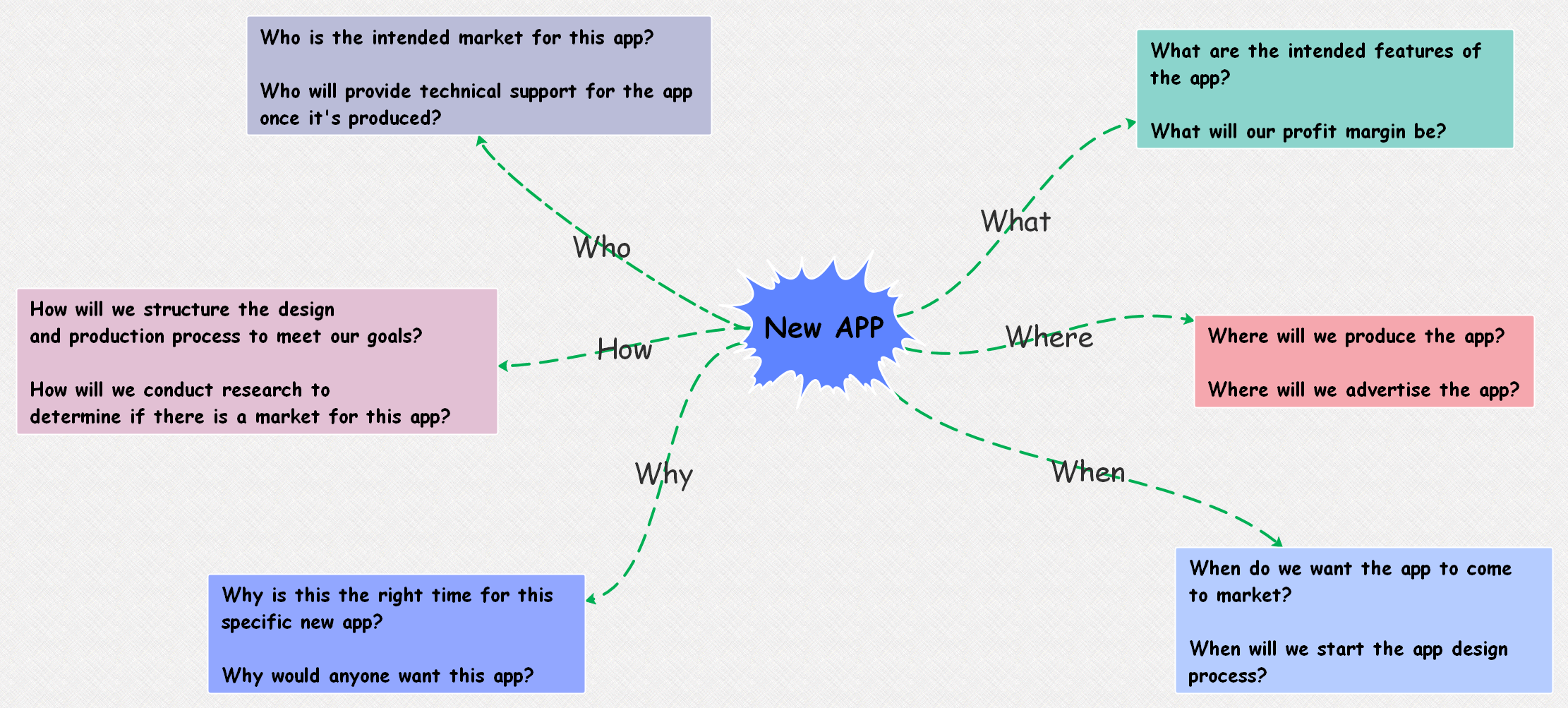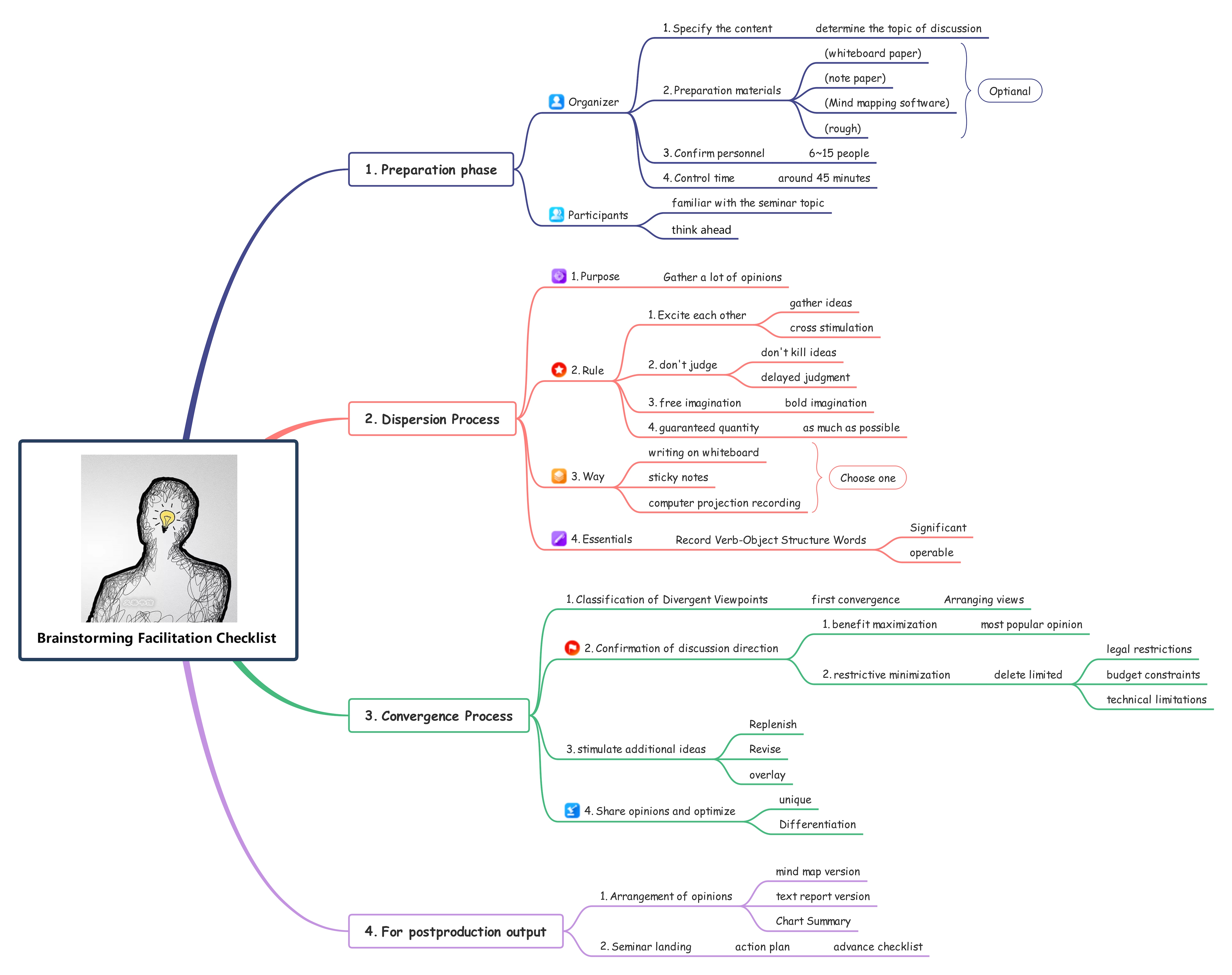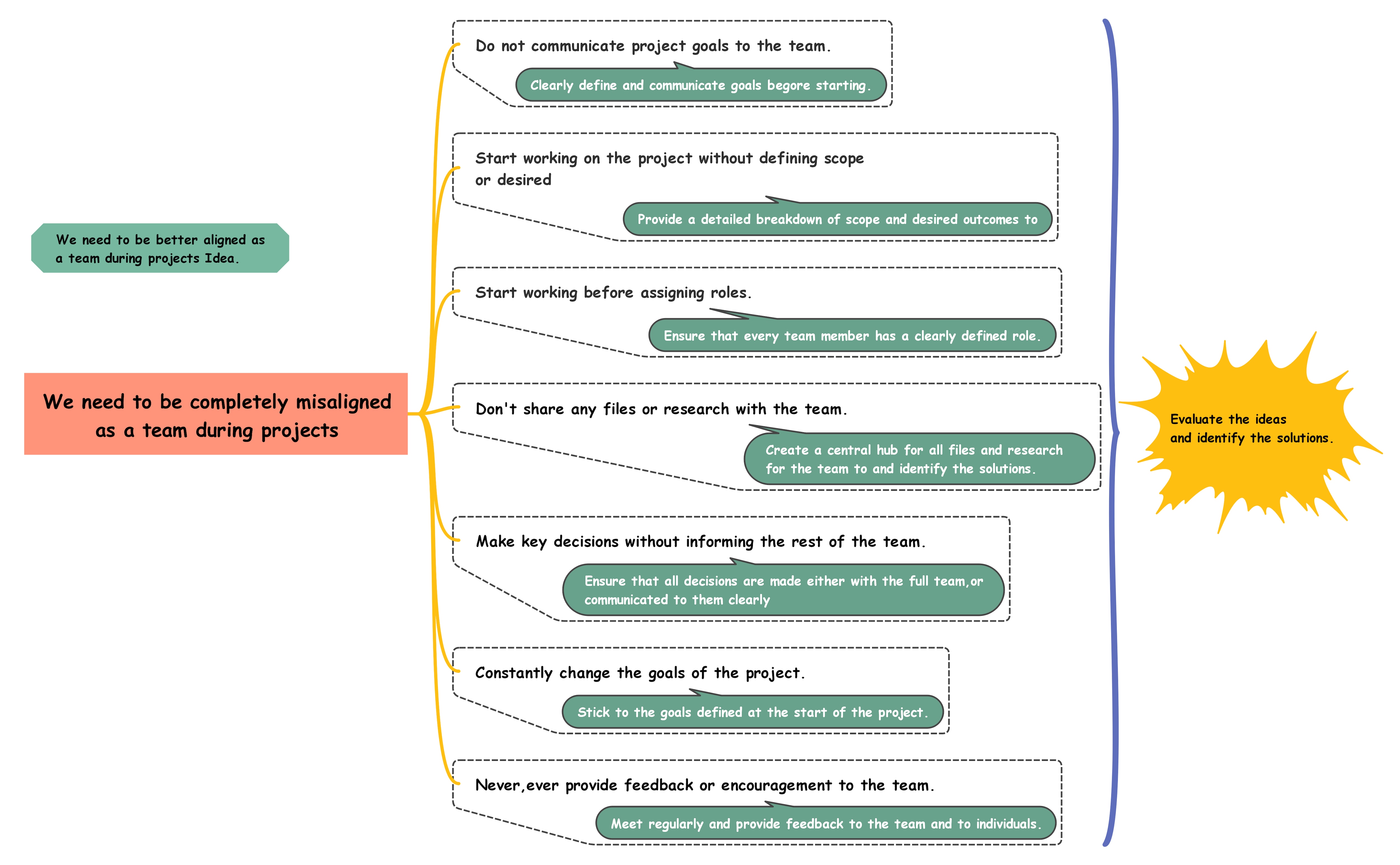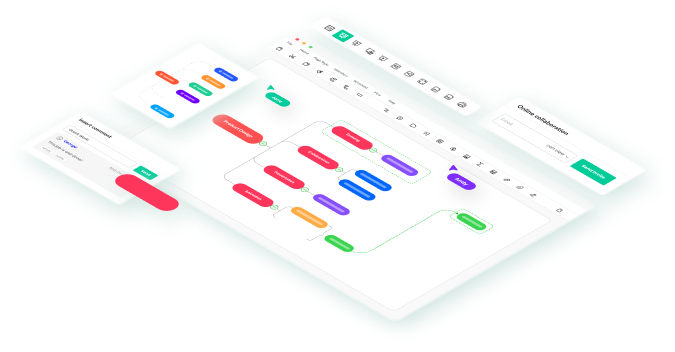Studies show that in order to come up with better ideas, one needs to dive into the world of research. Most importantly, such data-driven research comes after thorough reading and brainstorming. So, if you are planning to come up with a solution to any given problem, we highly recommend reading about it. There is a possibility that through reading alone, you might find some effective brainstorming techniques that would help in reaching the goal a little faster.
Whether you are tackling a complex real-life problem or need to find creative inspiration for any work-related assignment, starting a brainstorming session is highly recommended. Depending on your goals and objectives, the team can go ahead and try different brainstorming techniques.

14 Effective Team Brainstorming Techniques
There are two types of brainstorming sessions -- individual brainstorming and collective or group brainstorming. If you are going ahead with the latter, we recommend checking out the following team brainstorming techniques that would give you a head start in achieving the desired goal.
1. Brainwriting

As the name suggests, this brainstorming technique begins with writing down the thoughts in as much detail as possible. In brainwriting, the team members are assigned a topic where they need to jot down ideas or a shared platform, like EdrawMind. Following this, the team then generates a pool of diverse thoughts that can be built upon as a group.
2. Whys Analysis
In this brainstorming technique, the team constantly needs to ask 'why' to uncover the underlying factors of any problem. In this method, when a team faces issues, they keep on asking 'why' or the reason behind it. This way, they can easily jot down all the issues that might have been causing the glitch or issues.
3. Starbursting

Unlike other brainstorming techniques, Starbursting deals with asking questions rather than providing answers. With Starbursting, teams can thoroughly explore different dimensions of a problem by asking different questions related to features and potential challenges. This way, the team will ask relevant questions that ensure they cover every possible area.
4. Mind Mapping

Mind mapping is an old-age brainstorming technique that helps in visualizing ideas and finding relevant connections to them. With mind-mapping brainstorming techniques, teams can easily find a holistic understanding of different problems and go on to find relevant connections between different ideas and processes.
5. Figure Storming
In this unique brainstorming technique, participants adopt different personas to explore ideas. Such brainstorming methods encourage unconventional thinking because here, the participants get to think about the problem from an end-user's point of view. This way, they see the issues from a different perspective, leading to more refinement in ideas.
6. Gap Filling
In gap filling brainstorming method, the assigned team sits together to find all the relevant gaps or missing components in the concept. From all the gathered data, they brainstormed to find solutions to complete the puzzle. This way, the team can easily generate innovative solutions to improve the gap, leading to a better and enhanced solution for their end-user.
7. Brain-Netting
This important brainstorming technique comprises brainstorming and networking. Here, the team generates a unique set of ideas through the power of conversations/discussions and making meaningful connections with those who have little to more expertise in that particular department.
8. Round Robin Brainstorming Technique
In this brainstorming technique, we assign a facilitator, and they then allow the team members to take turns contributing different ideas. By using this brainstorming technique, the facilitator ensures equal participation from all fronts, which leads to a more creative environment and reduces the risk of dominance from others.
9. Rapid Ideation
In this fast-paced brainstorming technique, the manager or leader encourages the participants to generate as many ideas as possible in a limited time. Initially, this promotes quantity over quality. The primary focus of this method is to ensure that more and more ideas are generated at a given time. However, at a later stage, they can cut down the unwanted ideas and work on only relevant ones.
10. Reverse Brainstorming

As they say, "Precaution is better than cure!" and in reverse brainstorming, we try to follow the same. Instead of finding the direct solution to any issue, the team explores different ways to create and aggravate a problem. This leads to finding innovative insights and how they can avoid all unforeseen issues.
11. Stepladder Brainstorming
Instead of bringing all the participants in one go, the team allows the participants to join the session individually. This ensures that each individual's ideas are their own and not influenced by anyone else on the team. By including the team members in their turn, the facilitator ensures that more creative ideas come into place at a shorter duration.
12. SWOT Analysis

The SWOT Analysis brainstorming techniques evaluate any problem on four grounds: Strengths, Weaknesses, Opportunities, and Threats. This helps them in assessing a concept's viability and generating unique strategic ideas. By conducting quarterly SWOT analysis, the team can not only evaluate potential product launch issues but can put together the information to understand the market's needs and threats from competitors.
13. Parallel Thinking
In this brainstorming technique, participants wear different thinking hats, each representing a different perspective. With this, they can easily explore ideas from different angles without getting judged by the other team members. As a facilitator, one can assign different hat colors to different teams, which allows them to share their ideas as per their department.
14. SCAMPER Technique
SCAMPER stands for Substitute, Combine, Adapt, Modify, Put to another use, Eliminate, and Reverse. This technique promotes teams to consider different ways to innovate on existing sets of ideas. So, instead of launching a new product in the market, the team does thorough R&D to find ways in which they can save their resources, and instead of launching a new product, they improve on their products and services.
Five Tips for Running Effective Team Brainstorming Sessions
Now that you have understood 14 types of brainstorming techniques, you still need to prepare and follow a few tips to execute a successful brainstorming session. Depending on your goals and objectives, you can have different tips, but the most common tips would be:
- Healthier Environment: No team thrives in a toxic environment. Try to foster a safe space where participants can easily share their ideas. Make sure there is no dominance from anyone, and there is a fascinator present which ensures constant participation from everyone.
- Goals & Objectives: Please ensure each team member knows all the goals and objectives. Without this awareness, the brainstorming session would be a complete waste.
- Diverse Participation: Never stick around to only one person's opinion. If you have five members in the team, ensure each member gets allocated time and space to put down their thoughts. At the same time, do not discard all the ideas in one go. As a team, try to brainstorm on them and then find the most relatable solution.
- Time Management: Time plays a very important role in brainstorming. Ensure each team member sticks to the allocated time and finds the ideas at the allocated time limit to maintain energy and prevent discussions from stagnating in different areas.
- Encourage Team Effort: Encourage participants to build upon the ideas shared by the other team members. This brainstorming tip fosters healthier and more collaborative thinking among everyone.
Conclusion
Brainstorming -- where innovation meets collaboration, works on different techniques that we covered in this article. From structured methods like mind mapping to thought-provoking approaches like reverse brainstorming and SCAMPER, each brainstorming technique has the potential to fuel your team's imagination and lead to groundbreaking solutions. In order to streamline your brainstorming sessions, consider using EdrawMind, which offers a user-friendly and highly interactive platform for visualizing and organizing your ideas.
FAQ
-
1.What are the two major types of brainstorming?
The two major types of brainstorming are individual brainstorming and group brainstorming. -
2.What are the benefits of brainstorming?
Brainstorming encourages diverse thinking among the team members, which fosters team collaboration and promotes creative problem-solving. -
3.Can brainstorming techniques be adapted for individual brainstorming?
Absolutely! Many brainstorming techniques can be adapted for individual use by employing self-reflection and systematically exploring various perspectives.




